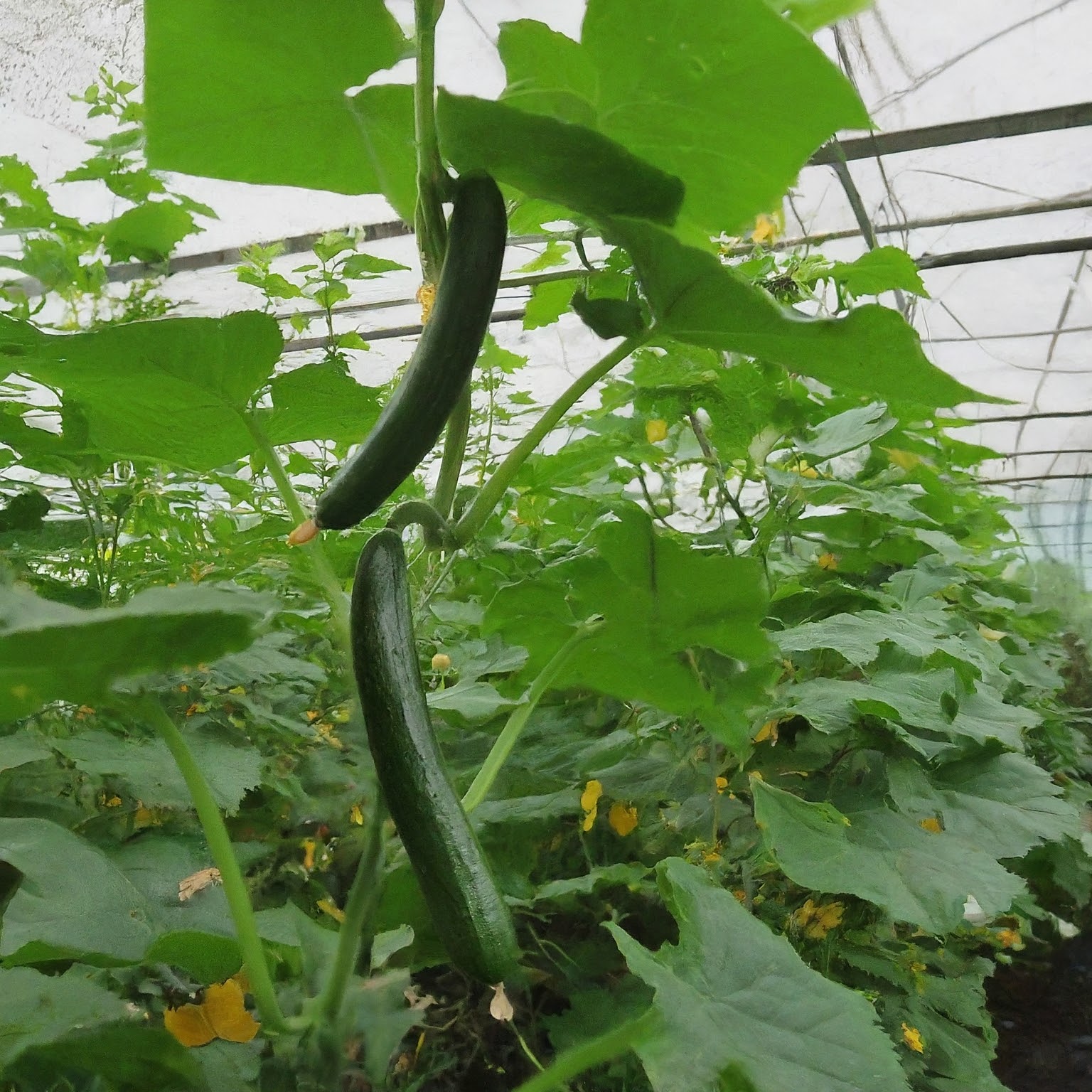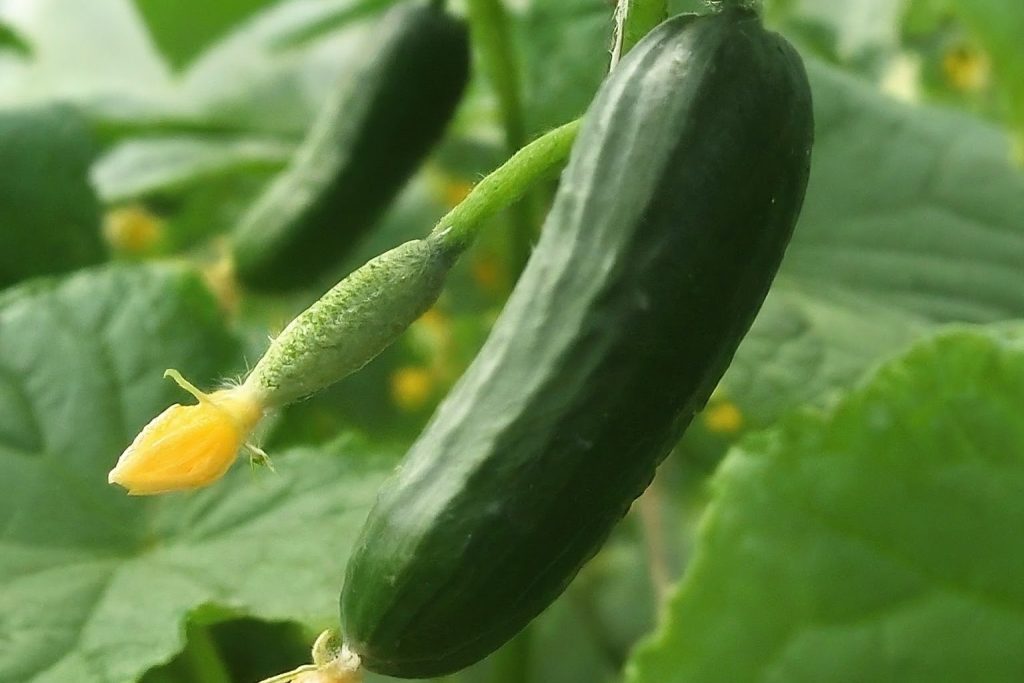All Posts
Tips for Planting Cucumbers
Cucumbers are a versatile vegetable loved by many people, great for eating raw, chopped in salads, or pickled. You can even float a few slices in a pitcher of ice water for a refreshing and healthy drink on a hot summer day.
1.Selection of Cucumber
Be cautious about the variety you choose. Pickling cucumbers aren’t as suitable for eating raw, and slicing cucumbers aren’t ideal for pickling. Bush cucumbers are more compact, but vine cucumbers require trellises for support and will ultimately yield more cucumbers.
2. Soil, Watering
Cucumbers thrive in cool seasons and love sunlight. However, don’t plant them until the soil warms up and all frost danger has passed. A few days before planting, incorporate plenty of compost or well-rotted manure along with a general-purpose fertilizer into the soil. Plant the seeds in rows or small hills. Growing vine plants on a vegetable and plants trellis or grid can save space and keep the vines off the ground. After planting, keep the soil consistently moist but not waterlogged.
3. Cucumber Care
After cucumbers sprout, they need about one to two inches (2.5 to 5 centimeters) of water per week. Water deeply, preferably with a soaker hose or drip irrigation system. Avoid letting the soil become extremely dry, as this can result in misshapen, bitter cucumbers. A layer of mulch can help maintain even soil moisture. When plants reach 4 or 5 inches (10-12 centimeters) tall, thin them, leaving 9 to 12 inches (22-30 centimeters) between each seedling. If growing on hills, keep only the two strongest seedlings. Apply nitrogen fertilizer along the rows or hills before flowering. Water immediately after fertilizing. When weeds are still small, it’s easy to remove them with a hoe. Don’t wait until weeds are large; they are difficult to remove and compete for water and nutrients with the cucumbers.

4. Troubleshooting for cucumber
Use insecticidal soap sprays to control aphids, mites, whiteflies, and other pests. Handpick cucumber beetles and caterpillars, or apply natural bacteria Bt (Bacillus thuringiensis).
Powdery mildew and downy mildew often affect cucumbers in the spring season. Cucumber mosaic virus, leaf spot diseases, and other issues are more common later in the season. Prevention is key as many diseases are hard to control once established. Keep the planting area clean, free of plant debris, and practice crop rotation. Water at the base of plants and keep foliage as dry as possible.
5. Harvest
Cucumbers can be harvested 50 to 70 days after planting, depending on the variety. It’s essential to check your cucumber vines daily, especially as the fruits start to form, as they can grow rapidly. Interestingly, the more frequently you harvest, the more fruit your vines will produce. When harvesting cucumbers, it’s best to use a knife or clippers to cut the stem just above the fruit, avoiding any potential damage to the vine that pulling might cause. Over-sized cucumbers tend to become bitter and can hinder further fruit production, so it’s crucial to prevent them from growing too large. Keep an eye out for yellowing at the bottom (blossom end) of the cucumbers, as this indicates over-ripeness; promptly remove any overripe fruits. Lemon cucumbers, despite their name, are best harvested just before they start turning yellow. While their little oblong or round fruits resemble lemons when yellow, waiting until they fully turn yellow may result in seeds being too abundant for most palates.
Anyway, don’t let cucumbers get too large, as they will quickly lose flavor and quality.
6. Cucumber Supports
While vine cucumber plants can sprawl across the ground, training them to grow up a vegetable trellis offers a multitude of advantages. It conserves garden space, improves airflow, which in turn reduces the risk of diseases and pests, simplifies the harvesting process, and encourages straighter cucumber growth. When cucumbers sprawl on the ground, they often develop curls or discolored spots where they contact the soil. Moreover, utilizing a cucumber trellis in compact garden areas presents opportunities to cultivate additional crops beneath it. For instance, planting lettuce or other leafy greens under a cucumber trellis optimizes space utilization while providing the greens with valuable shade and protection during hot summer days. Support is crucial for cucumbers to have healthy growth and optimal yields.

